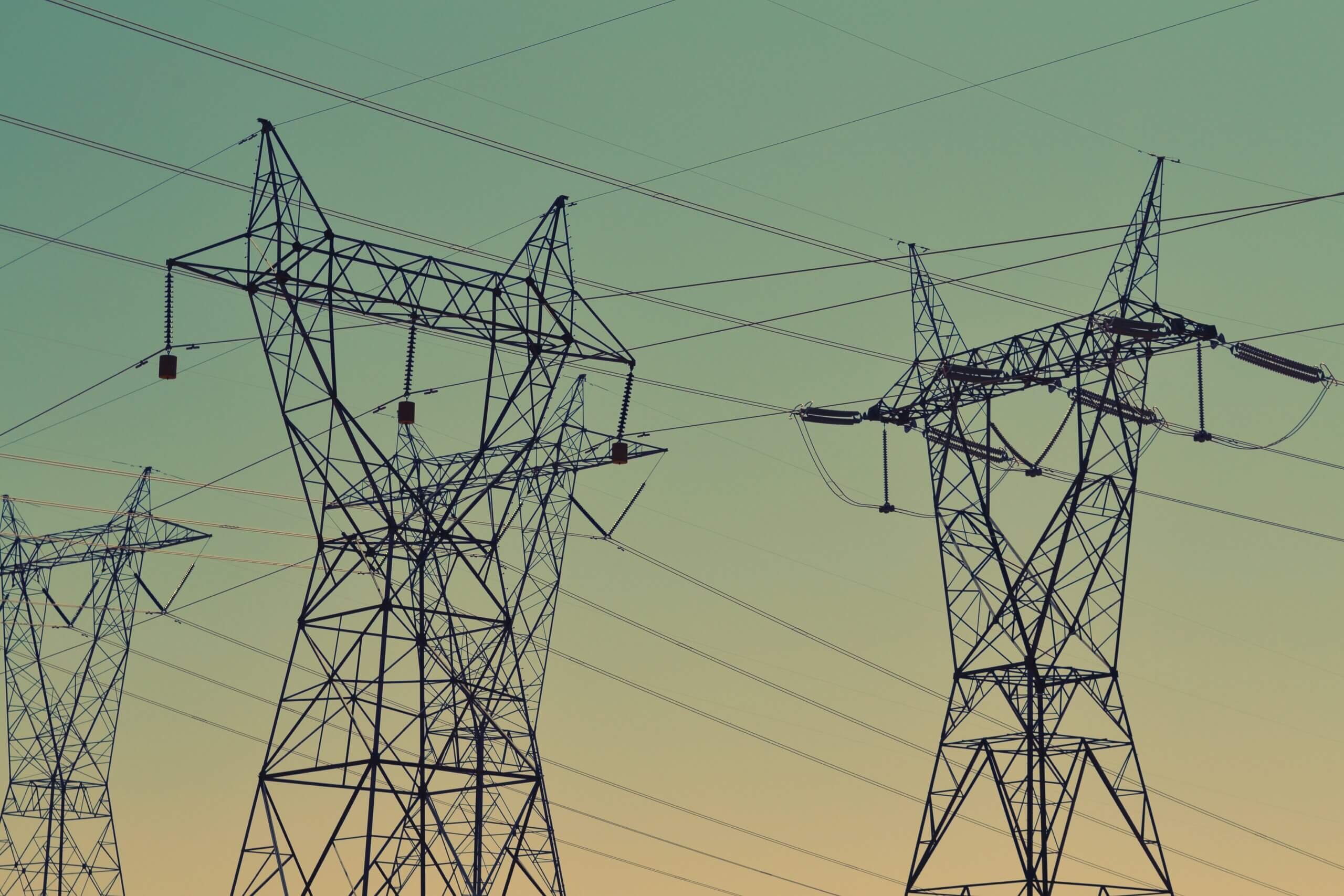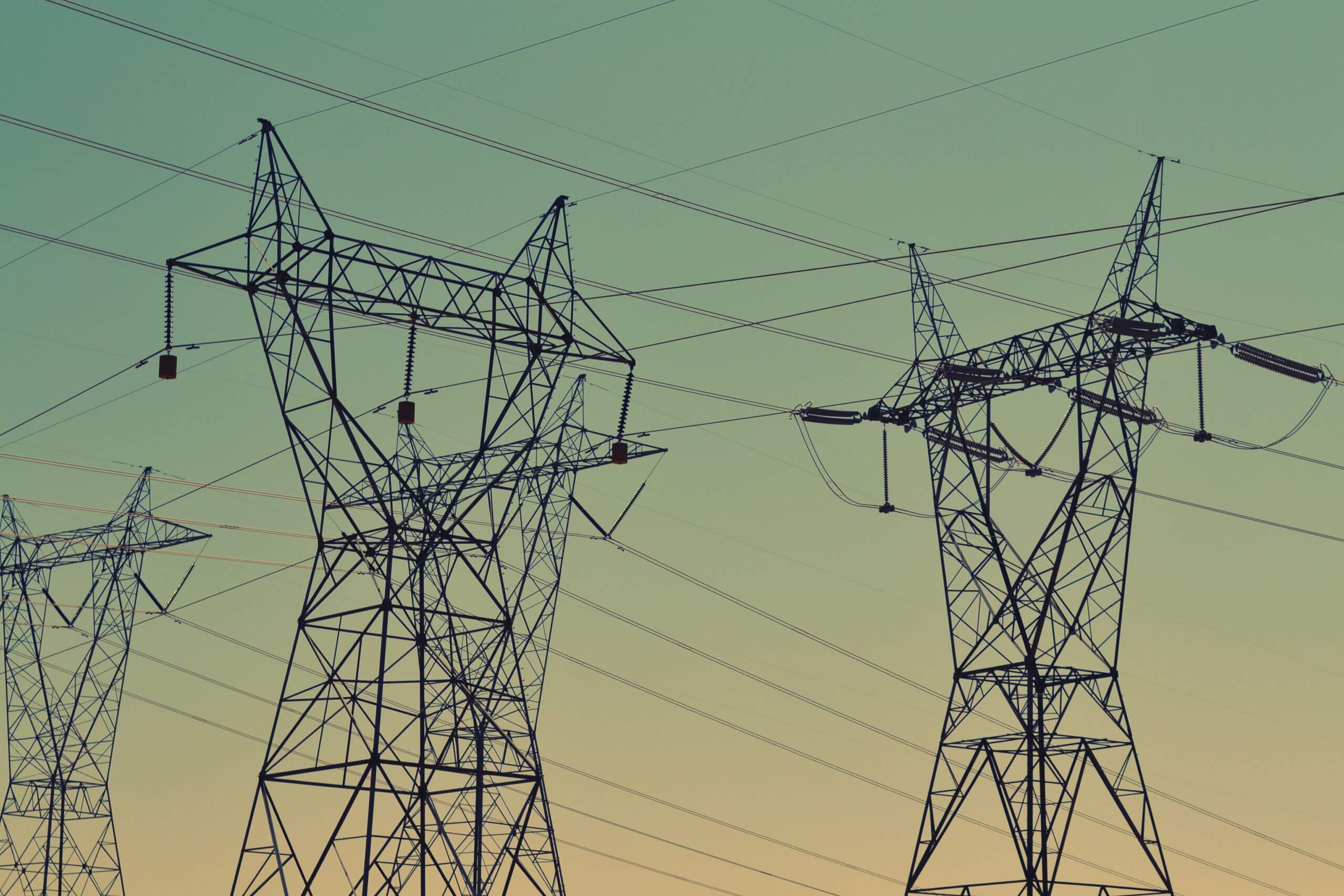Reliance on imported fossil fuels is a challenge economically and politically, as the United States and Europe have both been reminded during the war in Ukraine. Russian reductions of natural gas to Europe and OPEC+ cutbacks in oil production have added to inflation and, therefore, strained politics on both sides of the Atlantic Ocean. Fortunately, there’s an under-utilized renewable energy resource that could ease the problem in the years ahead – geothermal ground source energy – and America’s universities and colleges are leading the way.
America’s dependence on foreign oil is clearly an increasing security and economic issue. The solution – in the face of climate change – cannot simply be domestic fossil fuel production. Greater focus on renewable energy is needed. But solar and wind energy both have challenges with consistency and transportation of energy, as well as supply chain concerns. A third alternative is right beneath our feet.
Geothermal ground source energy is thermal energy extracted or stored in the ground subsurface. That energy can be accessed from lot areas to provide efficient heating and cooling for nearby buildings. Its great benefit is that the stored thermal energy is reusable. Electric energy is needed to access it but at a reduced level that helps make the electric grid more sustainable.
There has never been a more important time for the application of geothermal ground source energy. It’s vital to national security, and America’s universities and colleges are pointing the way.
For individual properties, a geothermal ground source heat pump system works as follows: A series of pipes buried in vertical wells, or in some locations submerged horizontally below ground, allow fluid to be circulated to the building’s heat pump system. This system provides heated or cooled air, water, or refrigerant for the building. In winter the heat pump extracts heat from the ground. In summer the reverse occurs: Heat is moved from the building into the ground.
Individual property owners would typically need outdoor space (a yard in the case of a home; a parking area for a commercial property). Generally speaking, geothermal ground source energy systems are best suited to larger lots where the energy use per acre is not as great. Even with smaller lots, a hybrid solution can be efficient. University and college campuses, medical centers, municipal government complexes, and expansive commercial properties are also especially well-suited. Multiple buildings can even be served by a geothermal loop connecting them all. Those systems can save money over time, while benefiting the planet and easing the grid’s burden.
That’s in part why universities and colleges in the United States are taking the lead in implementing major geothermal ground source heat pump systems.
While the geothermal ground source energy is free, there is a cost to extract and circulate it, and there are upfront expenses associated with installing the geothermal system. The cost can best be justified when a new heating or cooling system is needed, with much of the cost recovered over time in savings and reductions in carbon emissions. In addition, incentives are available from the federal government and often from state and local energy providers.
Because a geothermal system is typically delivered to nearby buildings, it does not require massive infrastructure to transport it from a distance and to store it. Geothermal heat pump systems do need electricity to move the fluid around, but that demands only a relatively small amount of electricity, reducing the burden on the electrical grid. In the case of a university or college campus, that electricity could be generated by nearby solar or wind power.
Some universities and colleges are making massive commitments to geothermal ground source energy. Princeton University’s geothermal system will replace steam generation in more than 180 buildings in New Jersey. Ball State University in Indiana already uses geothermal ground source energy to warm and cool 47 buildings, saving the University about $2 million a year and cutting its carbon footprint in half. Ball State notes that the geothermal system of 3,600 boreholes connecting 5.3 million feet of piping “is hidden under the beautiful campus and you’d never know it’s there.”
Oberlin College in Ohio last year launched a campus-wide, four-year, $140 million, conversion to geothermal energy that will involve drilling about 1,100 geothermal wells effectively to heat and cool campus buildings. Carleton College in Minnesota is “installing more than 60 miles of piping,” among other geothermal-related improvements, according to the Energy News Network. “After the system’s completion, energy use is projected to plummet 40%.”
Two free online tools, which we were involved in creating, are especially timely and deserve broader consideration by property owners. In 2018, we helped pioneer for the City of New York the first Geothermal Ground Source Screening Tool. It lets property owners easily assess the cost-effectiveness of geothermal heating and cooling for every lot in the city – nearly 900,000 lots. It provides a rapid understanding of any property’s potential, given the site’s mixture of lot size, topography, and building type. In 2021, Westchester County, New York City’s neighbor to the north, replicated the City of New York’s tool, creating “Westchester GeoPossibilities,” which enables assessment of all properties in the county.
Both tools are models that can be replicated across the country: the City of New York’s version by urban areas, and the Westchester version by suburban and more rural jurisdictions. Property owners don’t need to wait, however, for those replications. Local engineers can assess the potential of individual properties on their own.
There has never been a more important time for the application of geothermal ground source energy. It’s vital to national security, and America’s universities and colleges are pointing the way.
Charles Copeland is President and CEO of New York City-based Goldman Copeland Consulting Engineers, where Tristan Schwartzman is a Principal and the Director of Energy Services. Copeland was named Energy Engineer of the Year (2006) by the Association of Energy Engineers (AEE). Schwartzman was named Energy Engineer of the Year (2022) by the New York Chapter of the AEE.
(Photo from Fre Sonneveld/Unsplash)




